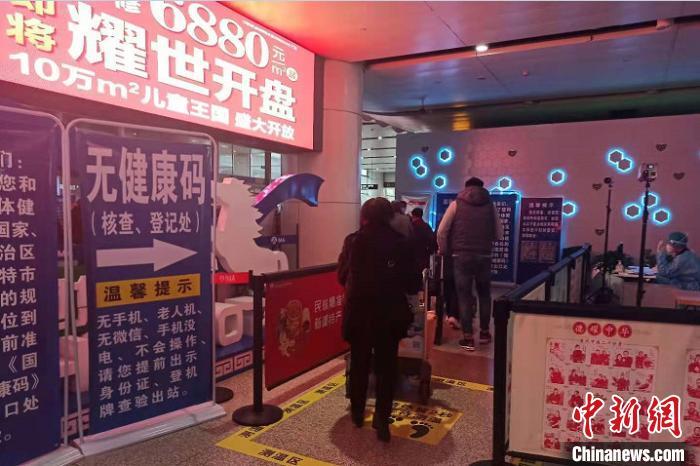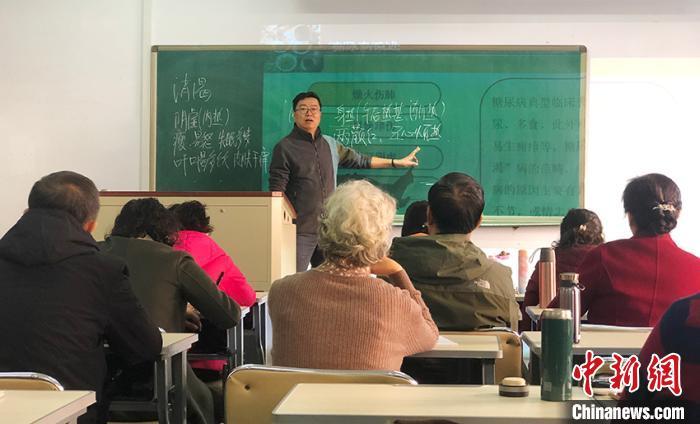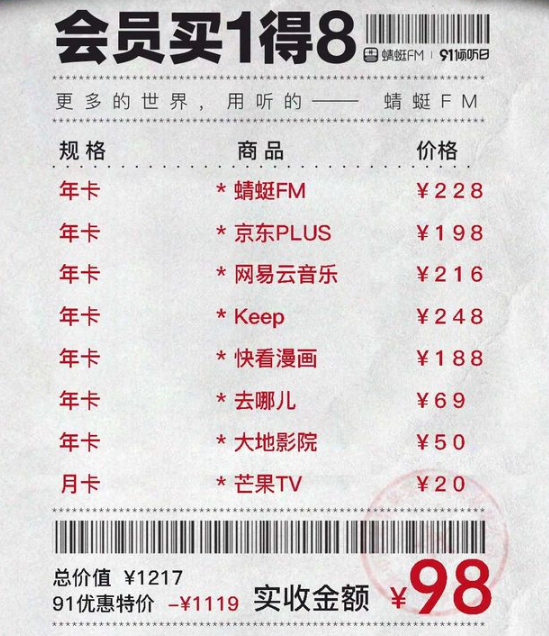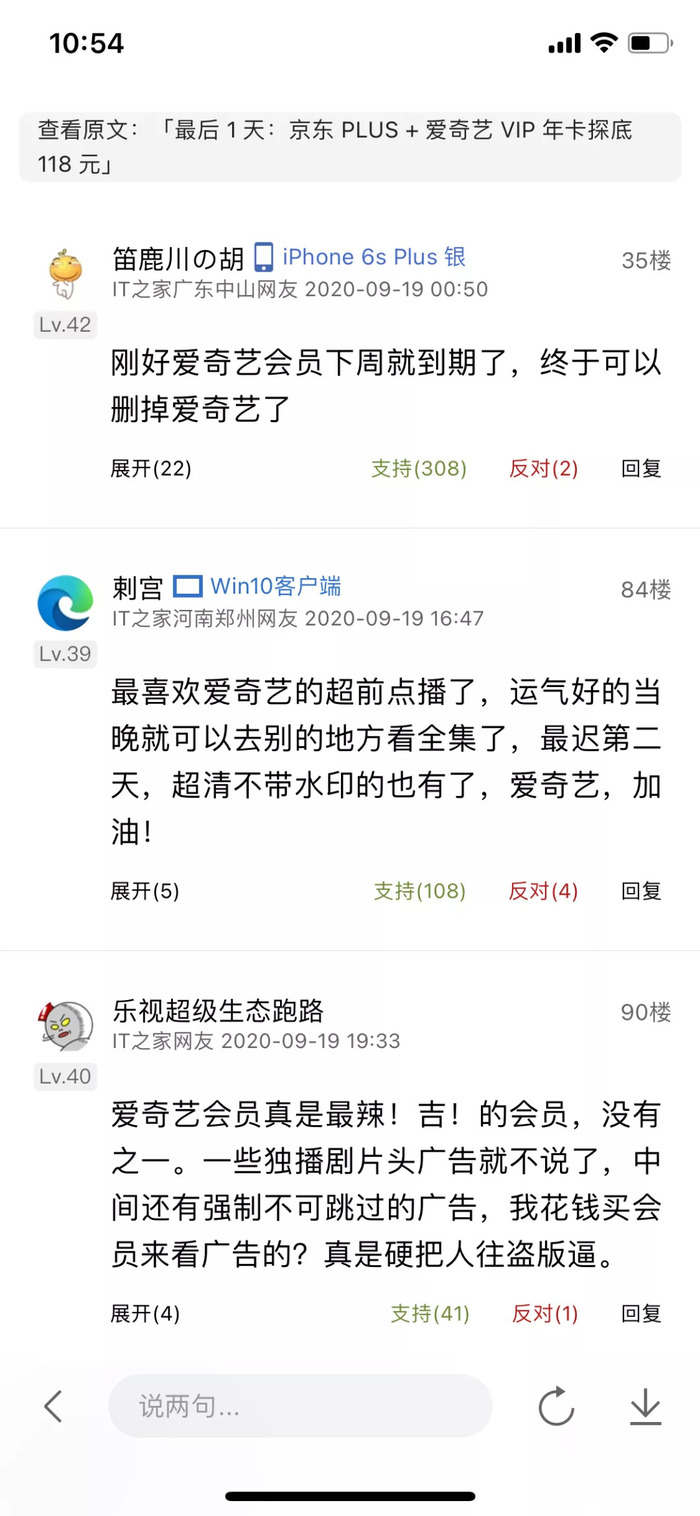The Tax Service Department of lingbao city State Taxation Bureau, located in the courtyard of State Taxation Bureau, No.5 Jincheng Avenue, lingbao city, undertakes the tax collection and management services of more than 10,000 taxpayers in lingbao city city and towns within its jurisdiction. As a full-featured tax service office, it can handle all kinds of tax-related (national tax) business such as tax registration, tax identification, invoice processing, tax declaration, preferential treatment, certification processing and tax consultation. At present, there are 12 tax cadres and 8 young tax collectors under the age of 35, all of whom have college education or above, including 1 graduate student and 8 undergraduate students. The staffing is scientific and reasonable and full of vitality. The Tax Service Department collects nearly 500 million yuan of various taxes such as value-added tax, enterprise income tax, vehicle purchase tax and consumption tax annually, accepts nearly 40,000 tax returns, sells nearly 800,000 copies of various invoices, certifies nearly 40,000 special invoices for value-added tax, and certifies nearly 5 billion yuan, involving nearly 800 million yuan in taxes, and accepts more than 1,500 tax registration items every year, which has effectively promoted the tax collection and management service in lingbao city.
Over the years, the Tax Service Department of lingbao city State Taxation Bureau has always adhered to the principle of serving front-line taxpayers, aiming at building a high-quality and efficient service brand, playing a combination boxing of "addition, subtraction, multiplication and division", improving service measures, carrying out tax service for the convenience of the people, doing practical, precise and specialized grass-roots work, and exchanging their sincerity for taxpayers’ peace of mind. It has successively won the honors of "Worker Pioneer" in Henan Province, "Grassroots Station for People’s Satisfaction" in Henan Province, "Civilization Demonstration Window" in Sanmenxia City, "Advanced Window for Administrative Services" in Sanmenxia City and "The Most Beautiful Service Hall" in lingbao city, and won full recognition and high praise from local governments and taxpayers.
First, addition: upgrade the service to do addition.
(A) the transformation of hardware facilities, and effectively facilitate taxpayers.
The tax service office has reformed the hardware facilities according to local conditions around the working idea of "reasonable layout, perfect function, elegant appearance, energy saving and environmental protection". Scientifically set up functional areas, and rationally plan the tax service hall of more than 400 square meters into five functional areas: rest waiting area, tax service area, document filling area, self-service tax service area and consultation and guidance area. In view of the large increase in consulting and counseling business after the "camp reform", the tax service office has rebuilt the consulting and counseling area, set up the workbench of the consulting and counseling area, and added two computers and a multifunctional copier. In order to realize smooth taxation and optimize the taxation order, the hall is equipped with a self-service paging machine; At the same time, all windows are equipped with "one machine with double screens" and POS machines, and ID card readers, quality evaluators, touch screen query systems, etc. are added; Enrich the resources of the self-service tax area, and allocate 8 computers, 2 needle printers, 4 laser printers and 1 scanner in the self-service tax area to provide taxpayers with a set of pen and ink and a cup of tea free of charge; Transform the electronic display screen, disclose the latest tax-related policies to taxpayers through LED screen, and add a multimedia touch screen to facilitate taxpayers to inquire about all kinds of tax-related information, creating a fresh, bright, warm and comfortable tax environment for taxpayers, so that all taxpayers can handle all kinds of tax-related matters in a "zero distance" manner in time.
At the same time, in view of the phenomenon that taxpayers leave in a hurry after finishing their business and lose their mobile phones, wallets, bank cards and invoices, the tax service hall sets up a lost and found desk in time, and uses the "tax service management system" to take the management measures of specially assigned persons responsible for lost items, special registration and watching videos to find the owner, so as to serve taxpayers intimately and ensure that the owner does not "worry" about lost items. Since its establishment, the lost and found desk has temporarily kept more than 50 pieces of ID cards, bank cards, wallets, car keys and other items for taxpayers, and recovered a mobile phone for taxpayers through surveillance video, which was well received by taxpayers!
(B) enhance the quality of personnel, improve the tax experience.
Pay attention to both political work and ideological quality. "It takes hard work to strike while the iron is hot". Comrades in the tax service hall strengthen theoretical study, strengthen the spirit of hard work and dedication, and build a determined youth team with theoretical guidance. Organize political discussion and study activities in time, insist on reading current affairs and political newspapers and periodicals such as People’s Daily, Legal Daily, China Tax Newspaper and Semimonthly Talk, deeply understand and grasp the major policies of the party and the country, and keep the ideological and theoretical progress with the times. Firmly implement the three strict requirements of strict self-cultivation, strict use of power and strict self-discipline, and deeply understand the spirit of seeking truth from things, starting a business and being a man. At the same time, we will actively carry out honesty education and cadre ideological style education and rectification activities, and persist in carrying out educational activities such as professional ethics, ideals and beliefs, service purposes, hard work, honesty warning, and legal discipline. Organize advanced workers in the national tax system of the whole province to talk with comrades in the hall, vigorously publicize their advanced deeds, learn their dedication, educate and guide everyone to learn from the advanced with people and things around them, so that their fine style of hard work and dedication can be carried forward and inherited in the hall, thus forming a good atmosphere of learning advanced and striving for dedication. At the same time, the tax service department pays attention to on-the-job training and builds a youth team with excellent quality. During the period of camp reform, the comrades in the hall went to work during the day and studied at night to form a study group. In view of the problems encountered in the daytime work, they discussed and improved together. In the shortest time, everyone practiced excellent skills, and they all became generalists and business experts.Declaration and collection, invoice management, comprehensive services, everything can be afforded and put down, and the standardization and standardization level of business handling have been significantly improved, which has won high praise from taxpayers.
Law enforcement services are integrated, and image efficiency is improved. As the law enforcement department of the country, the tax department should, on the one hand, strictly follow the laws and policies and collect taxes according to law; On the other hand, it is necessary to provide high-quality and efficient services for taxpayers to satisfy them. How to deal with the relationship between law enforcement and service and create a harmonious atmosphere of tax collection is always a problem for front-line tax workers. The comrades in the tax hall put forward such an idea: "Be a good tax guard, combine law enforcement with service, strictly enforce the law, and serve warmly. You develop my service, but you are difficult for me to help." In practical work, we should take the convenience of taxpayers as the starting point, start from trivial matters, base ourselves on the platform of the most extensive communication and closest contact with taxpayers, give full play to our own advantages, and highlight doing practical things and doing good things for taxpayers to meet their urgent needs. During the working hours in dressing the, I put up my post, behaved in a civilized manner, had a warm attitude, promoted civilized language and put an end to service taboos. I actually established a good image of the national tax department, firmly established a new service concept of "taxpayers are heroes and tax collectors are public servants", and earnestly fulfilled the credit convention of "honesty-oriented, conscientious and exemplary", which narrowed the distance with taxpayers.
Because of the high quality of personnel, excellent window service, civilized language and smiling service, the tax service hall has been highly praised by taxpayers. A taxpayer named "Tomorrow’s Tomorrow" on WeChat handles tax-related business in the tax service hall. From business acceptance, data review and business handling, the whole tax process has truly experienced the warmth of spring. After the completion, it sincerely praised in the circle of friends: "The tax service hall of Lingbao State Taxation Bureau has the highest efficiency and the best service. Let’s praise it!"
(C) upgrade the service level and provide personalized services.
The Tax Service Department has continuously innovated the service system, and implemented a number of service systems, such as the first inquiry responsibility system, one-time notification, one-window settlement, appointment service, delayed service and personalized service, so that taxpayers can enter the door with peace of mind, do things clearly and go out happily.
"At 6: 20 pm on May 12, when our company was preparing to make out an invoice, it was found that the number of remaining invoices was insufficient, because the business needed to issue invoices on the same day. Our company was located in Yangping Town, far from the urban area, and the road was not smooth. My heart was very anxious. Although there are only ten minutes left to get off work, I can only try to call the lobby as a last resort. Who knows that the director of the hall immediately decided to open up a green channel for us after learning the situation, and the staff sacrificed their off-duty time to wait until 7 o’clock in the evening and successfully received the invoice for our company. It really solved our urgent needs. " "Small window, big service", personalized service allows taxpayers to handle tax-related business efficiently and effectively facilitate taxpayers. "The service of the window staff in the tax hall is really meticulous and thoughtful, which really helps us a lot." A few days ago, Xian Minglou, the financial director of Lingbao Branch of Shaanxi Haisheng Fruit Industry Development Co., Ltd., praised it.
In view of the growing differentiated needs of taxpayers, the hall organizes symposiums from time to time to collect taxpayers’ opinions and suggestions, and sets up customized taxpayer schools according to the needs of different taxpayers. In 2016, our bureau held seven taxpayer schools. In the early stage of the camp reform, our bureau organized policy training and declaration training in the construction industry, real estate industry, financial industry and life service industry respectively. This "emergency rain" not only laid the foundation for the smooth development of the camp reform, but also gave the taxpayers a reassurance. Kym, the accountant of Lingbaoyuancun Real Estate Development Co., Ltd. said: "In the early stage of the reform, our whole company was very nervous, and the company also set up a working group for the reform. However, the taxpayer school organized by the IRS made us feel relieved. At the training meeting, I explained in detail the policy of the real estate industry’s reform of the camp and the issues that should be paid attention to. The training teacher also explained in detail the filling method and policy basis of the VAT taxpayer’s declaration form and its related schedules with examples. Some unclear questions should also be asked to the teacher, and I am no longer alarmed by the changes that have occurred next. "
(D) to speed up the publicity of tax information and help the efficiency of tax collection.
The tax service hall comprehensively uses various platforms to do in-depth and detailed publicity and counseling. First, in the electronic publicity screen and publicity column of the tax service hall, all kinds of tax policies and administrative examination and approval items are disclosed in a timely manner, and the latest policies and difficult and doubtful issues that taxpayers care about are updated from time to time; The second is to publicize and promote the work of "two-dimensional code one-time notification" through multiple channels, and put the two-dimensional code of common tax matters in the tax service hall and portal website, so that taxpayers can quickly and conveniently obtain standardized and accurate tax business handling guidelines by scanning the two-dimensional code of the corresponding business; The third is "small cards, great wisdom", making publicity cards, classifying and printing taxpayers’ daily business instructions, and distributing them to taxpayers to effectively facilitate taxpayers; The fourth is to build the tax guide desk into the first place to publicize tax policies, guide tax business, and divert the pressure from the tax office, and solve the problem before tax payment, greatly reducing the taxpayer’s tax payment time.
"Every business needs to prepare different materials. It used to be troublesome to consult. Now, as long as the mobile phone scans the QR code, how to handle it and what information you need can be easily mastered, which is very practical!" Before the tax service hall, Mr. Li, who has been an accountant for many years, said happily.
Second, subtraction: simplify the process and do subtraction.
(A) the implementation of tax service standards
The Tax Service Office comprehensively standardizes the tax process of tax-related matters and simplifies all kinds of tax-related statements, which fundamentally reduces the tax burden of taxpayers. First, simplify the approval process, expand the scope of immediate matters, and shorten the time limit for handling circulation matters. Among the 277 tax-related matters handled by taxpayers according to the application, the number of immediate matters has been expanded to 225; For circulation matters, the processing time limit will be greatly reduced, simple matters will be settled within 5 working days, and general matters will be settled within 7 working days. Optimize the way of examination and approval, general examination and approval items "window acceptance, internal circulation, time-limited completion, window delivery", special examination and approval items "one-stop" processing. The second is to reduce the burden of data submission. Cancel the unnecessary data for taxpayers to handle tax-related matters, and the taxpayer’s basic information adopts "one-time submission, dynamic management and long-term sharing". For taxpayers who apply for online declaration with digital certificate authentication, if they successfully apply for online declaration within various tax declaration periods stipulated in the tax law, they will no longer submit paper tax returns and financial statements. The third is to reduce the burden of filling in forms. Simplify tax-related reports, expand the scope of use of general document reports, standardize the format of tax-related document reports, and provide taxpayers with "free filling" services. 95% of tax-related documents are no longer filled in manually. Up to now, the Tax Service Office has handled more than 49,000 "no-fill-in forms" business, reducing the amount of tax information submitted by nearly 5,000, greatly reducing the burden on taxpayers, improving the efficiency of tax collection, and truly making the majority of taxpayers feel the spring breeze of facilitating tax collection.
Since May, 2017, if the maximum invoicing limit for general taxpayers who apply for special VAT invoices with good credit rating and low risk rating does not exceed 100,000 yuan, our bureau has realized immediate settlement. Lingbao city Shunhui Department Store Co., Ltd. took the lead in enjoying this convenience. "It’s so convenient, from the original 15 days to the present, I really didn’t expect the efficiency to be so high." Cai Xuexia, the company accountant, smiled.
(2) Deepening the cooperation between state and local taxes.
The Tax Service Office implements the joint taxation of national and local taxes, and realizes one-window operation in tax registration, tax declaration and collection, tax consultation and information inquiry, so that taxpayers can "go into one house and do two things" and effectively reduce the time for taxpayers to pay taxes. The national tax realized 13,153 transactions, all of which were "completed in one window". At the same time, the fourth phase of the taxpayer school was jointly held. The training content involved the policy guidance of "reform of the camp", tax credit rating, real-name taxation, and the operation of online tax service hall, and trained more than 2,000 taxpayers in the city; Jointly carry out tax law publicity. In this year’s tax law publicity month, the national and local tax staff formed tax volunteers to come to Lingbao Commercial Street to carry out tax publicity activities with the theme of "deepening tax reform and boosting enterprise development", provide tax consulting services for neighboring merchants, and issue a brochure of 1500 Yu Ben; Jointly publish the list of A-level taxpayers and issue joint incentive measures for A-level taxpayers with tax credit rating.
Chen Peizhuan, a tax collector of Zhejiang Fandu Mining Development Co., Ltd., who is engaged in construction and installation in Lingbao, was deeply touched: "Our company has many projects here. I originally thought that if I had to pay taxes, it would be troublesome to run at both ends of the national tax and the local tax. Now, I can do two things in one place, and I don’t have to run back and forth at all. It is too convenient for me."
Third, multiplication: multiple taxes do multiplication.
The Tax Service Office promotes the construction of "internet plus Taxation", constantly improves the taxation in the office, expands online taxation, promotes mobile taxation, and expands self-service taxation, and strives to build a diversified taxation pattern in which online taxation and mobile taxation are the mainstay, supplemented by self-service taxation, and the taxation in the office is at the bottom, thus improving tax efficiency, reducing tax time and providing taxpayers with various tax ways.
(A) online tax is more convenient.
The emergence of online tax service hall has realized the taxpayer’s desire to "do tax at home", and the taxpayer has realized "online travel" from "running on the road". 47 tax-related matters in seven categories, such as tax registration, certification management, invoice management, tax preference, tax certificate, declaration and collection, and foreign economic license, can be applied for in the online tax service hall. Up to now, 6,176 taxpayers have enjoyed this convenience. "That’s great. You can do business without going out in the future." Jiang Yaling, the legal person of Xueying Bookstore, wowed. "In the past, we had to go to the lobby with the information to adjust the invoice quantity and limit. Now we can apply at home by logging in to the online tax service hall. It’s so convenient not to go out and wait in line." On May 12th, 2017, the online invoice application of "China Post Express Logistics Co., Ltd. Henan lingbao city Branch" went smoothly, which means that the online invoice application and offline invoice mailing business officially kicked off in the online tax service hall, and taxpayers can also take the "network" instead of the "road" to purchase invoices, which effectively improves the efficiency of convenience services.
(2) Self-service taxation is efficient.
In January 2017, the first self-service tax office of Sanmenxia national tax system was equipped with seven self-service tax equipment and two tutors. Taxpayers can handle the business of collecting invoices and issuing invoices on their own. As long as you swipe your ID card, the invoice will be pushed out from the ticket box of the self-service tax terminal, and it will take no more than 2 minutes before and after. It not only saves the time of queuing and calling numbers, but also saves the time of tax collection. Since the first quarter, the tax service hall has sold 11,652 invoices, of which 7,539 were sold by the self-service tax office, accounting for 64.7% of the total in the same period; 2686 special invoices for value-added tax were issued, accounting for 88.07% of the total in the same period. The establishment of the self-service hall has played a positive role in alleviating the pressure of tax collection at the front desk, diverting taxpayers and realizing smooth tax collection.
Ma ADB, the financial director of lingbao city Lingdong Mineral Products Co., Ltd., was all smiles: "I can take out the special VAT invoice after scanning and confirming with my ID card, which is so convenient! I used to handle this business in the lobby, and it took more than 20 minutes to wait for it to be added. Now it is solved in less than 3 minutes. The self-service machine is really easy to use! " Mr. Ma is very happy. "Since there is a self-service machine, it is so convenient to invoice or collect invoices!"
(C) the mobile tax function is strong
The emergence of "Yu Shui Tong" has realized the mobile tax payment anytime and anywhere, and provided taxpayers with "tax-related services", which is convenient and quick to inquire about tax laws and regulations, conduct tax consultation and apply for tax payment. The Tax Service Department actively promoted the "Yushuitong" and organized specialized personnel to conduct operational training on the use of "Yushuitong". Many taxpayers said happily: "The scene of overcrowding in the tax hall gradually disappeared during the tax collection period. We no longer need to take information to the tax bureau. Even on the speeding train and on the way of business trip, we can handle tax-related matters and inquire about preferential policies for enterprises with a light fingertip."
(D) the new form of mailing tax.
The tax service hall actively expands the service mode, and it is convenient for taxpayers to pay taxes by mail. Recently, the Tax Service Office of lingbao city State Taxation Bureau received a special express. Lingbao city Lingping Wind Power Generation Co., Ltd. needs to handle the bank deposit account and accounting system for the record because the company’s accountant is in the field, so it sends the relevant information to the tax service hall by mail. After receiving the express mail, the person in charge of the hall arranged the window staff to accept the relevant business in time, and informed the taxpayer by telephone in time after the completion of the handling. The taxpayer repeatedly praised the convenience of mailing tax.
Fourth, division: clear roadblocks and do division.
(A) to strengthen internal supervision and assessment
It is an effective means to promote the in-depth development of service, realize the win-win interaction between the two parties, and strengthen service supervision. The Tax Office speeds up the intelligent construction, comprehensively implements the comprehensive tax service management system, refines the tax service assessment method, and assesses the window staff according to the window business volume, work efficiency and taxpayer satisfaction, so as to realize the unified measurement, monitoring and evaluation of the daily assessment of the window service. At the same time, in cooperation with the management system, the Tax Service Department has established a "tax service star" selection system, and selected window staff with the highest comprehensive indicators such as service attitude, work efficiency and processing time limit every month in proportion to encourage everyone to strive for Excellence and stimulate their enthusiasm for work.
(B) Strengthen external supervision
The taxpayer has the most feeling and voice about the quality of service. Therefore, the Tax Service Office has introduced an external supervision and evaluation mechanism to make the service truly meet the actual needs of taxpayers by establishing an internal and external supervision system. At present, the tax service hall has installed a "video monitoring system" and a service evaluator, equipped with a suggestion box and an opinion book, and set up a director’s duty day and a leader’s duty desk to accept the opinions and suggestions of taxpayers. Up to now, more than 50 suggestions have been collected. In response to the opinions and suggestions of taxpayers, the Tax Service Office carried out targeted rectification work to improve the work level, which effectively promoted the improvement of the work style and efficiency of the Tax Service Office.
(3) Implementing the mediation mechanism
Do emergency management well. The Tax Service Department earnestly studied the Measures for Emergency Management of the Tax Service Department and related cases, and held emergency simulation drills to ensure that each member mastered the methods of response and disposal. At the same time, do a good job in coordinating and resolving contradictions and disputes, do a good job in communication between the tax collectors and the taxpayers, strengthen fixed-point contact with taxpayers, collect, analyze and utilize tax service demand information in time, improve service pertinence, realize zero complaints and zero reports, and improve taxpayer satisfaction. According to the quarterly Tax Service Analysis Report of the Provincial Bureau, the Tax Service Department carefully summarizes and analyzes its own problems, purposefully improves the quality and efficiency of work, and effectively improves the taxpayer’s satisfaction. Since the beginning of this month, the satisfaction evaluation score of the tax service office has reached full marks, and the average business processing time is 2 minutes and 41 seconds, which is nearly half the time compared with last month.
The combination of optimizing services, simplifying administration and decentralizing power has made the work of the Tax Service Office recognized and praised by all sectors of society. Since 2016 alone, the Tax Service Office has received a banner, a commendation letter and 5 thank-you letters from WeChat friends circle, which has established a good image of the national tax department. However, the tax service has no rest, and there is no terminal. We will constantly sum up experience, find problems and analyze problems in the practice of serving taxpayers, and constantly strengthen the service standardization and human culture construction, so that the tax service can truly enter taxpayers’ hearts, realize zero distance of tax service, and create a more harmonious and orderly collection environment.














